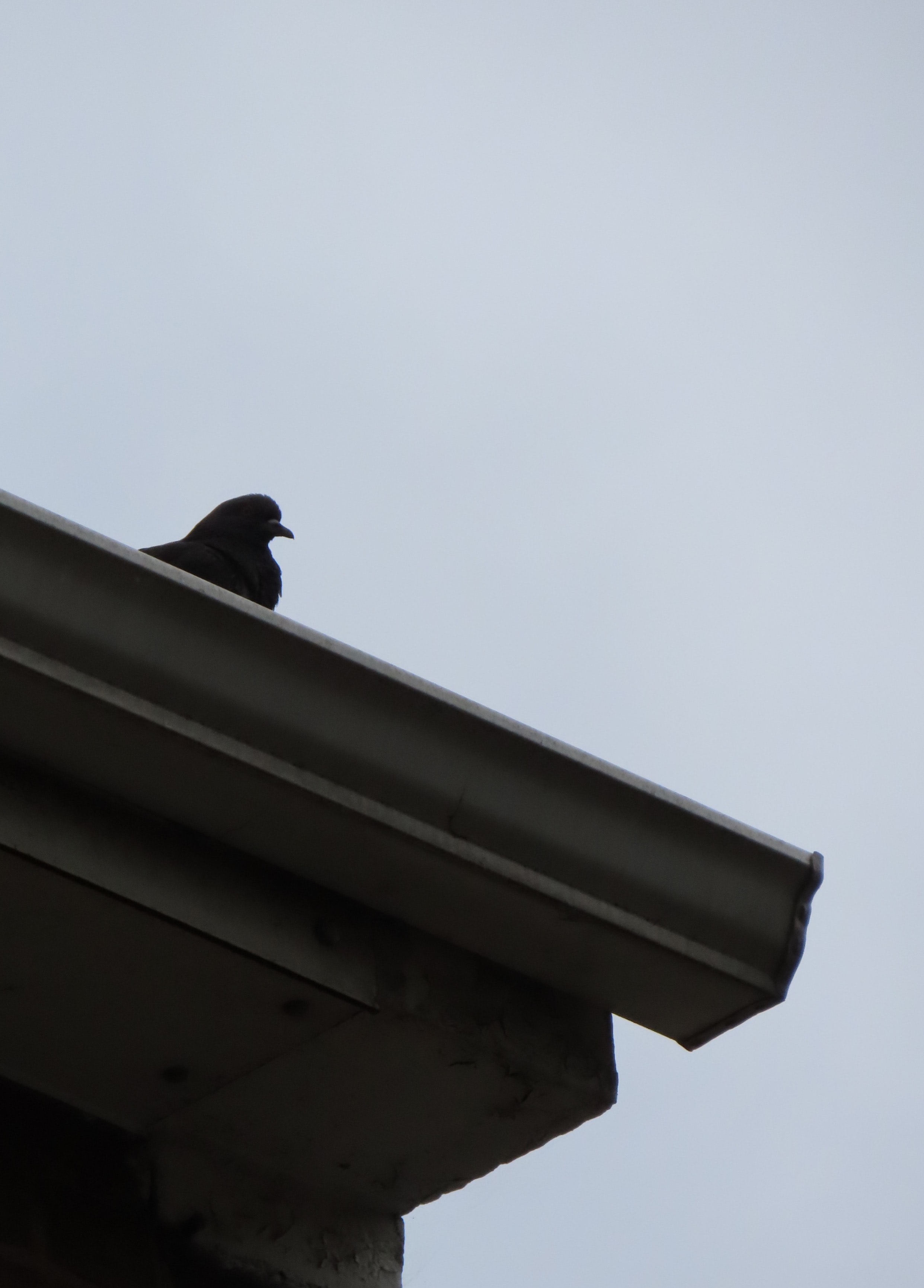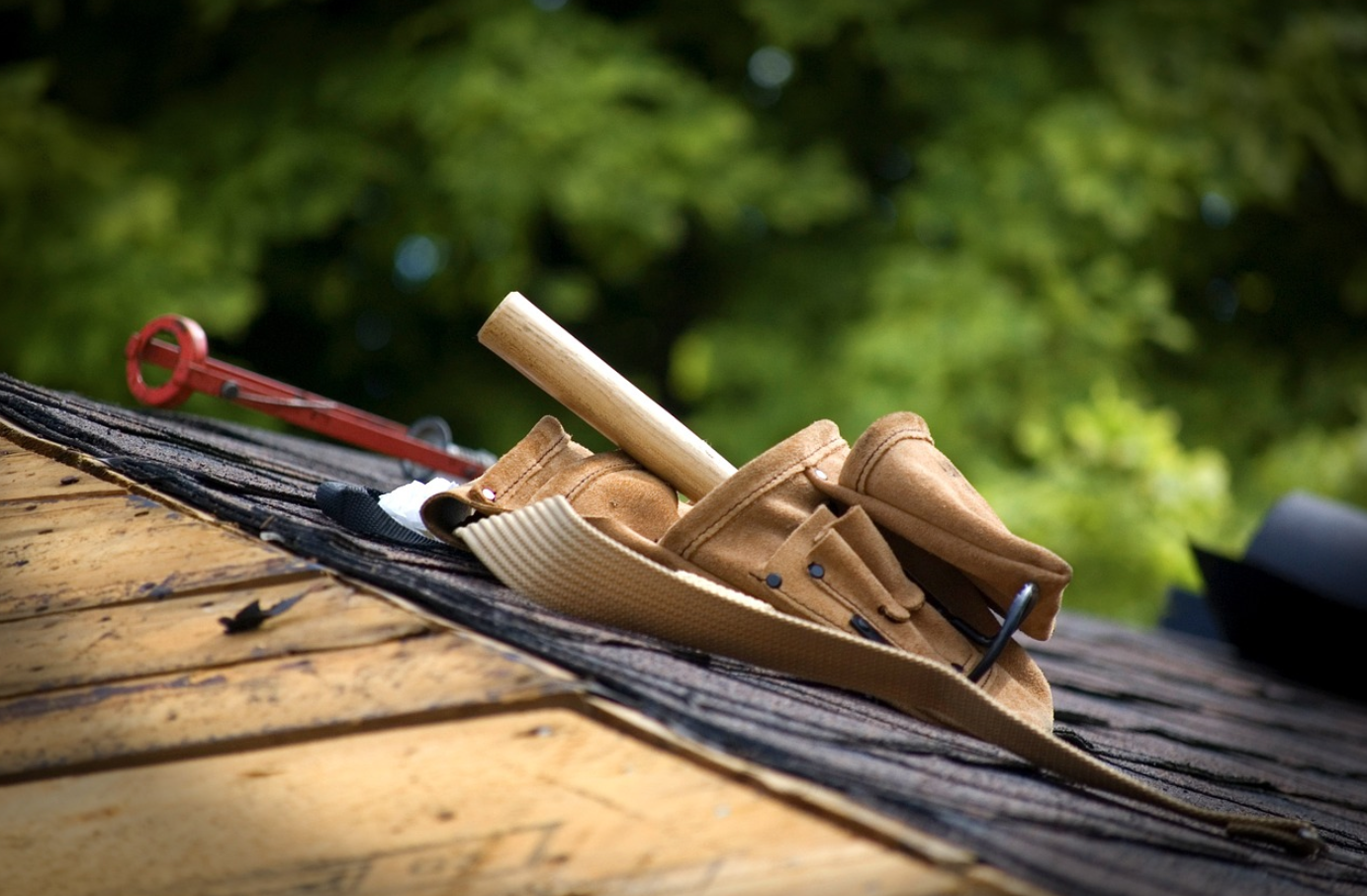As the roof is supposed to protect your home from the outside elements, any damage can very quickly become a major problem.
People don’t usually pay much attention to their roof until they need to clean the gutters or retrieve the neighbor’s tennis ball. But even though it was originally built tough to withstand the harsh Aussie elements, even the most sturdy roof still needs to be maintained or repaired over time. And eventually, it will come to a point where the roof will need restoration or replacement. So how do you know if you need to have your roof replaced?
Watermarks
One of the first indications of roof problems is when there are watermarks on your ceiling. Discolored areas, dark spots, or water trails are all indicated moisture caused by leaks beneath your roof, which often causes other issues such as the growth of algae, mold, and mildew. These watermarks often appear or are more noticeable after heavy rain during stormy weather.
Sagging
Sagging is when some areas of your roof are noticeably lower than others. Sagging is often an indication of potential structural damage, such as poor spacing, inadequate bracing, rotten framing, or other integrity problems. While sagging doesn’t necessarily mean your roof is about to collapse, it’s definitely something that needs to be inspected before it gets any worse.
Misalignment
When roof tiles are out of alignment, it’s a pretty good indication that some sort of damage has occurred. If a large section of surrounding tiles is out of alignment, it could mean the damage is affecting the roof’s overall integrity. Even if it seems like it’s only a minor misalignment, where only a couple of tiles aren’t lining up, it’s still not a good sign. It’s always best to have it checked out by a professional because something isn’t right with your roof.
Leaks
Water leaking from your roof is one of the most obvious indications that something isn’t right. Even a seemingly minor leak can quickly become a major problem, such as mold and rot in wooden beams. The worst-case scenario from a leaking roof is excessive water from extreme weather building up inside your ceiling causing it to collapse and inundating the inside of your home.
Debris
Debris on your roof shouldn’t be there for long because there should be nothing to keep it there. There certainly shouldn’t be any sludge or plant material lodged anywhere on your roof, such as in between tiles or other crevices. If there are gaps of any kind on your roof, it means there’s some kind of internal problems which need to be rectified. If you notice there’s any debris stuck on your roof, get the issue inspected before it gets any worse.
Guttering

Because your gutters are outside, they can very easily become heavily clogged with built-up dirt and other debris. This detritus can cause gutter deterioration, leading to other issues with your roof, which is why they need constant cleaning. Any corrosion around your guttering could be another indication of excess moisture, whereas guttering out of alignment might be a sign of major issues with your roof.
Corrosion
Corrosion can be in the form of rusted metal, timber rot, or tile delamination and are almost definitely an indication of excess water build-up somewhere inside your roof. This corrosion will often happen around fittings or fasteners, but can happen anywhere there is a problem.
Light
Any trails of light coming into the ceiling crawl space from your roof are tell-tale signs of punctures and holes which shouldn’t be there. If there’s only a couple of light trails coming from one area, which you know happened recently, it may only be a small repair job. But if they’re all over your roof, or they’ve been there long enough to cause more damage from the leaking water, you may need a full restoration or replacement.
Damage
While tiles are one of the more durable roofing materials available, water can very easily seep inside your roof when they become damaged. Damaged metal sheeting is the same, as is concrete and shingles. If your roof has storm damage or it’s from any other cause, it’s essential to have the damage repaired quickly.
As the roof is supposed to protect your home from the outside elements, any damage can very quickly become a major problem. So if you noticed any of the issues listed above, you should get in touch with a roofing professional for an inspection ASAP.


Join the conversation!